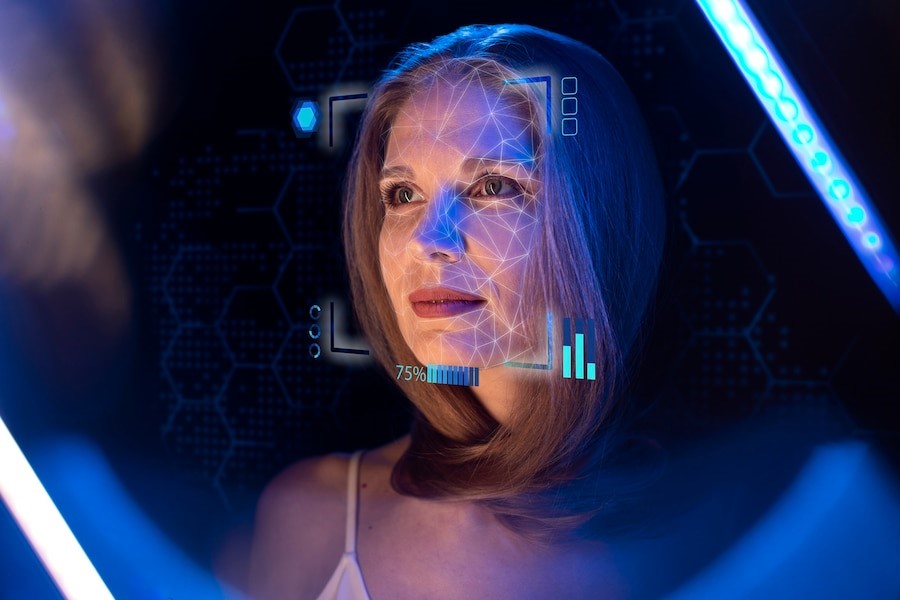Automation has had an impact on almost all industries today. It is involved in some format or the other everywhere. Robotic Process Automation, or RPA, helps automate the tedious tasks in business processes. With RPA, the software can learn, mimic and then execute the business processes without human interference. However, implementing an RPA in an already set organization or even a startup is not easy. Numerous stakeholders are involved, and many aspects need to be considered before diving into it. A successful RPA implementation does undoubtedly depend on the solution. However, it also depends on how the organization manages the changes that accompany the implementation and post-implementation phases.
Best practices for change management
To ease the stress on the day-to-day business, companies need to follow a few steps and best practices for RPA change management. These steps would help them manage the change that comes with RPA better, and affect their processes the least.
Before starting the implementation of an RPA solution, it is necessary to have a clear plan. The plan should be clear to all stakeholders as to how it would affect the working of the organization.
Defining the RPA roadmap for the organization is one of the most crucial steps. The plan should set short-term and long-term goals.
During the planning, you would get to know the various obstacles that you would face while implementing the RPA solution. It is necessary to ascertain how to manage these challenges to implement the solution at various steps.
Upgrading to a newer technology might seem all glittery and shiny, but it’s not always as easy or even required.
You should have a strong business case for the implementation of RPA for your organization.
Your RPA implementation should be able to provide a justified return on investment. Its benefits should justify the efforts taken and the cost required for its incorporation into your processes.
Like any other technology, RPA has its capabilities as well as limitations. There could be a few functionalities that the solution will not be able to automate.
The scope of the solution should be properly defined. It should be clear what the solution will and will not affect. What capabilities it will provide and also the ones that it won’t provide.
Along with this, it is also necessary to define a proper RPA organizational change management plan to tackle any challenges and manage the day-to-day business processes.
Before proceeding with incorporating an RPA solution, it is necessary to check its technical feasibility.
The RPA solution should be able to integrate well with your existing infrastructure. It should not hamper any of your current processes.
The RPA solution should not require any substantial modifications or upgrades to your existing IT infrastructure.
Upgrading any system does need time and does indeed affect the functioning of the ecosystem.
It is necessary to identify the key areas which will be affected during the implementation phase.
The issues that could be faced include:
- IT compliance
- Security
- Governance
- Training human workforce
- Compatibility with the existing infrastructure
You should have an effective strategy to tackle these foreseeable problems that could arise during the transition.
Also Read: RPA vs. Cognitive Automation: What’s the Difference?
There are a number of solutions in the market. It is necessary that you research well into the capabilities and functionalities of the solutions before deciding which one to go with.
The solution you shortlist should be able to fulfill your requirements and should also be within your budget.
It should be flexible and straightforward for it to be able to integrate with your organization with ease.
The changes that follow should be smooth and should not adversely affect your processes.
Implementation of the RPA solution can be done either by your in-house team, or you could hire an expert who would assist you through the process.
You should select a partner and a solution that fits well with your organization and requirements alike.
Once your partner is selected, you should first work with them to study the existing system. It is necessary to discuss all your business requirements and limitations with the partners to design the best possible solution for you.
This will help you identify places where an RPA solution would be the most beneficial to implement.
Your vendor could suggest some additions or modifications to the system you might have designed that would better suit your organization.
You should then work with your vendor or partner during the development phase. If any modifications are required, they could be done during this phase itself.
Once your solution is ready, instead of directly making it live company-wide, run a small pilot project through it.
Running such a project will help you realize any issues you might face with it or any modifications you would want for its better performance.
During this time, you can also start training your employees to work with your RPA solution. This will ensure a smoother transition with a minimal adverse effect on the functioning.
Once the solution is able to run successfully with the pilot project, you can implement it organization-wide.
Once implemented, it is necessary to oversee the functioning of the solution. You should make sure that your employees are able to work with the solution. You also need to monitor the solution for any discrepancies in the functioning.
In case of any problems, you need to get them fixed before they lead to any significant issues.
You might also need to modify your RPA solution with changing business needs. As your business scales, you might need to remove, change, or add some functionality in your RPA solution.
Conclusion
Implementing an RPA solution is a complicated and costly business. It is necessary to ensure that your business processes are as less affected during the implementation as possible.
The pointers mentioned above for RPA change management are some of the things to keep in mind for the smooth implementation of your RPA solution.
You May Also Like to Read:
5 Use Cases of RPA in Financial Services





